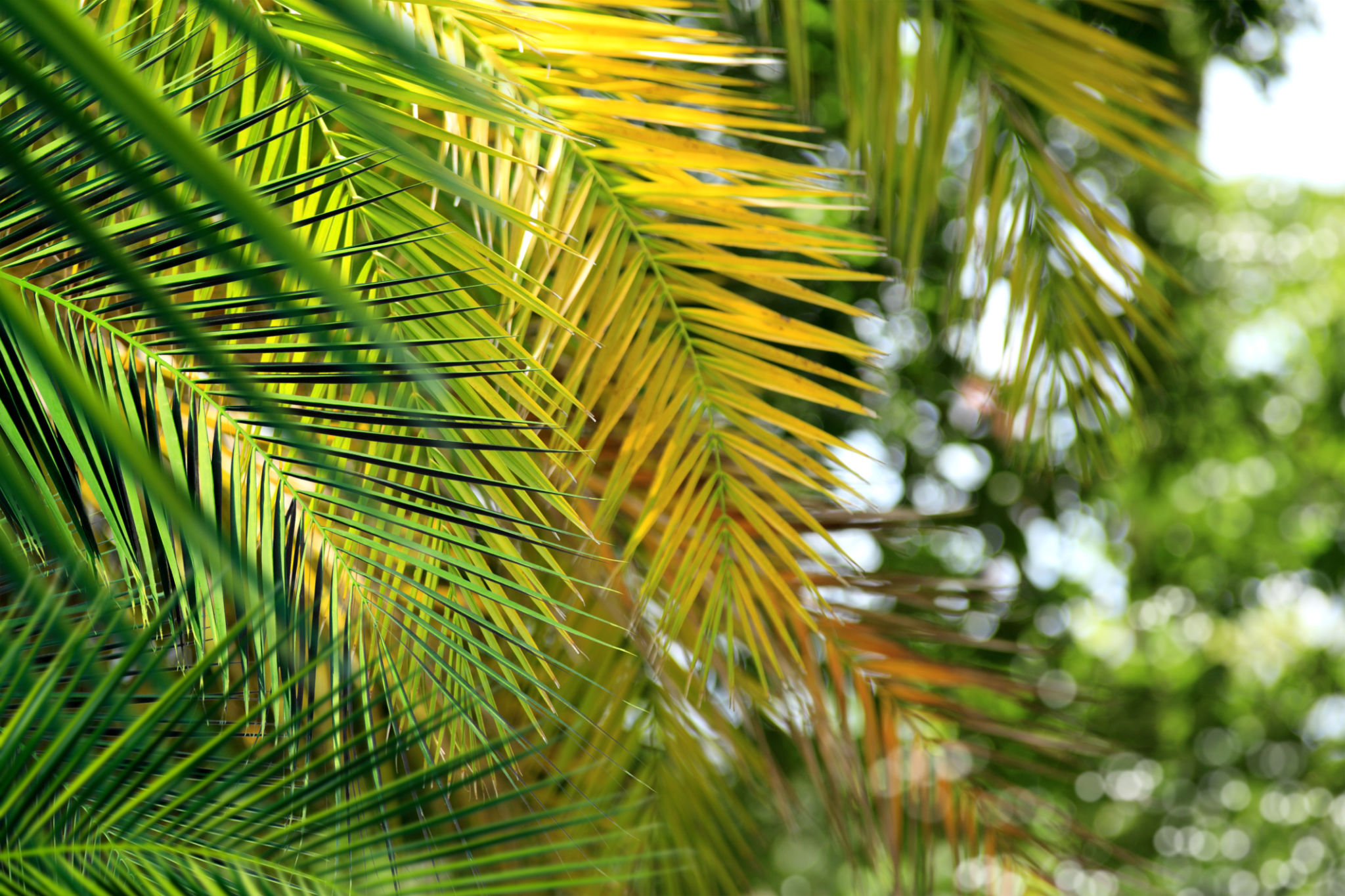The Role of Bio-Swales in Stormwater Management: A Florida Perspective
Understanding Bio-Swales
As communities across Florida face increasing challenges with stormwater management due to urban development and climate change, bio-swales have emerged as a sustainable solution. These engineered landscape features play a pivotal role in managing and filtering stormwater runoff, effectively reducing the risk of flooding while also enhancing water quality.
Bio-swales are essentially shallow, vegetated channels designed to capture, convey, and infiltrate stormwater. They are strategically integrated into urban landscapes to mimic the natural water cycle, facilitating the infiltration of water into the ground rather than overwhelming drainage systems. This is particularly important in Florida, where heavy rains can lead to significant runoff and potential water contamination.

The Benefits of Bio-Swales in Florida
The implementation of bio-swales offers numerous benefits to Florida’s environment and communities. One of the primary advantages is their ability to improve water quality. By filtering stormwater through vegetation and soil, bio-swales remove pollutants such as sediments, nutrients, and heavy metals before they can reach natural waterways.
Additionally, bio-swales contribute to flood mitigation. During intense rainfall events, these structures can slow down the flow of stormwater, allowing for gradual absorption into the soil. This process reduces the pressure on municipal drainage systems and minimizes the risk of flooding in urban areas.

Enhancing Urban Green Spaces
Apart from their functional benefits, bio-swales also enhance urban aesthetics and biodiversity. They can be designed to incorporate a variety of native plants, creating green corridors that offer habitat for local wildlife. In Florida, where preserving natural habitats is crucial, bio-swales can support ecological diversity within urban settings.
Furthermore, these green infrastructures contribute to the beautification of public spaces. By transforming otherwise barren or hardscaped areas into lush, visually appealing landscapes, bio-swales provide recreational and educational opportunities for residents and visitors alike.
Challenges and Considerations
Despite their numerous benefits, the implementation of bio-swales in Florida does present certain challenges. One key consideration is the selection of appropriate vegetation that can thrive in both wet and dry conditions typical of the region’s climate. Native plant species are often preferred for their adaptability and ecological benefits.

Maintenance is another critical factor to ensure the long-term effectiveness of bio-swales. Regular upkeep is necessary to prevent clogging from debris, ensure proper plant growth, and maintain infiltration capacity. Communities must be committed to ongoing maintenance efforts to fully realize the benefits of bio-swales.
Future Prospects of Bio-Swales
As Florida continues to grow and urbanize, integrating bio-swales into development plans will become increasingly important. Their role in sustainable water management positions them as a key component in urban planning strategies aimed at resilience against climate change impacts.
Local governments and developers are recognizing the value of incorporating bio-swales into infrastructure projects. With proper planning, community engagement, and policy support, bio-swales have the potential to significantly enhance Florida’s approach to stormwater management and environmental sustainability.